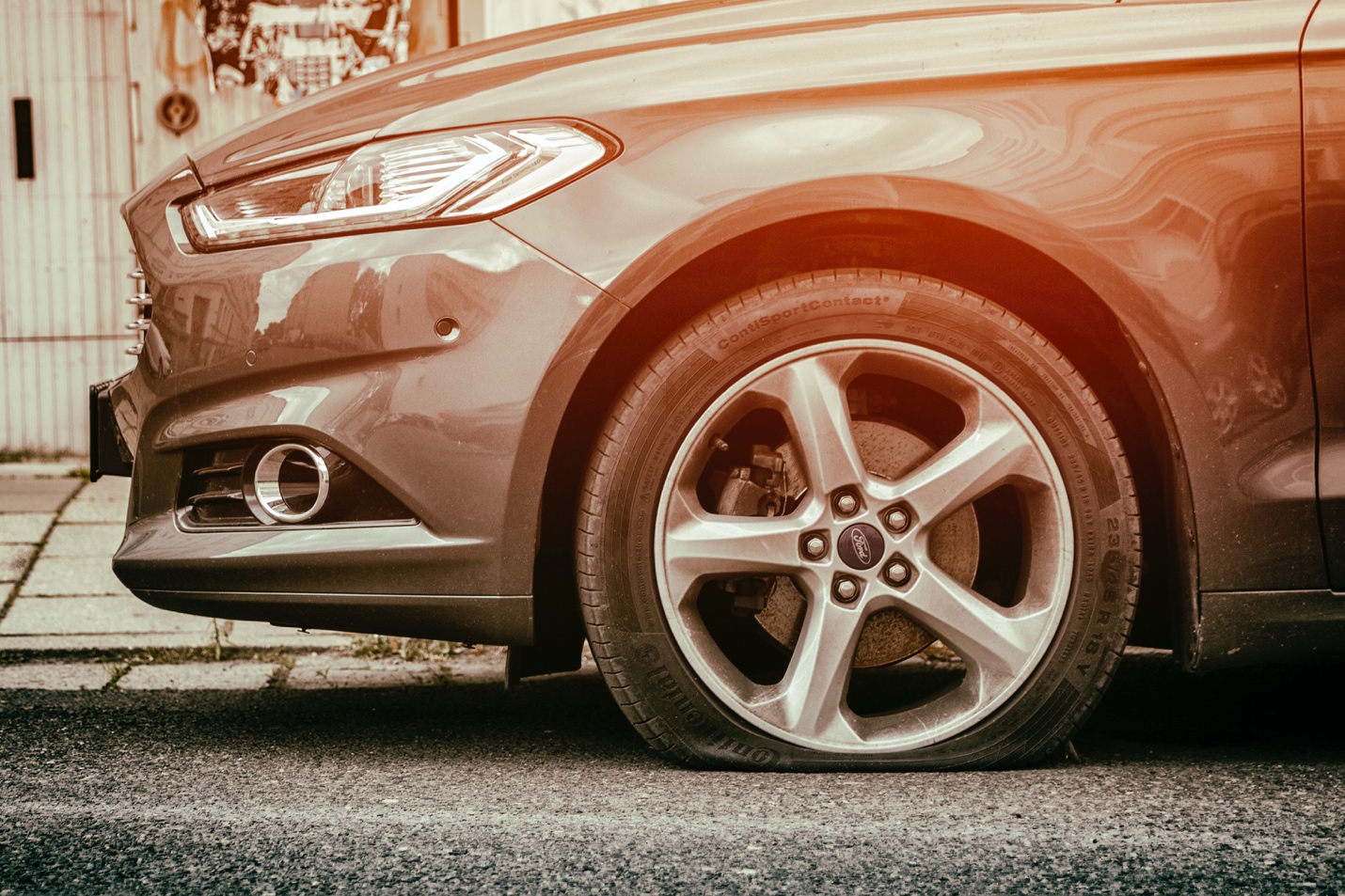
Runflat Tires vs. Traditional Tires: A Comprehensive Comparison
Choosing between runflat tires and traditional tires is a crucial decision for any driver, as each type offers distinct advantages and potential drawbacks. This comprehensive comparison aims to delve into the specifics of both, aiding you in making an informed decision that aligns with your driving needs and preferences.
Introduction to Runflat and Traditional Tires
It’s important to comprehend the key distinctions between these two tire types before moving on to the comparison. Conventional tires, which are more widely used, need to be repaired right away when they become punctured and frequently call for a backup tire in case of an emergency. Conversely, runflat tires are a technologically advanced development in tire design. Runflat tires, which were first created for military usage before being modified for use on civilian automobiles, have strengthened sidewalls that let you drive on for a short distance even after a puncture.
Construction and Durability
Even when the passenger, truck or bus tires is fully deflated, the runflat tire’s strong, strengthened sidewalls can sustain the weight of the car. After a puncture, this reinforcement makes sure the tire stays intact and works for a short while. Conventional tires, on the other hand, do not have this support and when they puncture, they can easily become damaged or fall away from the rim, which will stop the car.
Safety Points to Remember
Runflat tires are significantly safer than regular tires. After a puncture, they help the driver keep greater control of the car, which lowers the possibility of blowout-related accidents. On roads or in locations where it might not be safe or feasible to pull over right away, this capability is extremely helpful. When a traditional tire punctures, it might cause a loss of control. In order to avoid the damage from getting worse, you should stop right away.
Convenience and Mobility
A significant benefit of runflat tires is their convenience. They allow you to drive to a safe place or a service center for assistance, removing the necessity for an emergency tire change or the usage of a spare tire. This feature lessens the stress that comes with tire-related crises in addition to adding a layer of convenience. Conventional tires, on the other hand, need you to know how to replace a tire and to carry a spare tire and tire changing supplies.
Cost Implications
Runflat tires are typically more costly than regular tires, both at the time of purchase and when it comes to maintenance. They also commonly need to be replaced more regularly because they can’t be fixed once they’ve been punctured. Conventional tires are typically less costly and may be fixed if the damage is minor, which lowers the expense of ongoing maintenance.
Read: Don’t Ignore These Dashboard Warning Lights
Noise and Ride Comfort
Runflat tires can affect ride comfort and noise levels because of their stiffer composition. When compared to regular tires, some drivers discover that runflat tires produce a stiffer ride and more road noise. The strengthened sidewalls, which are less flexible and absorb less shock, are the cause of this discrepancy. Because they are more flexible, traditional tires often provide a quieter and more comfortable ride.
Weight and Fuel Efficiency
The weight of runflat tires is another consideration. They are heavier than traditional tires due to the extra material in the sidewalls. This added weight can slightly affect the vehicle’s fuel efficiency and performance. Traditional tires are lighter and may contribute to better fuel efficiency and handling.
Variety and Availability
The advantages of conventional tires are availability and diversity. They are appropriate for various cars and driving circumstances and are available in a greater variety of sizes and tread patterns. Even though they are becoming more and more popular, runflat tires still have fewer possibilities than regular tires.
Emergency Preparedness
A drawback of conventional tires is the requirement for emergency readiness. To change a tire, you need a jack, the required tools, the know-how, and the physical capability. You also need a spare tire. This need is waived with runflat tires, providing comfort, particularly to individuals who are incapable or reluctant to change their own tires.
Impact on Suspension and Handling
Runflat tires can also have an impact on a vehicle’s suspension and handling. Vehicles equipped with runflat tires from the factory are often tuned specifically for these tires. Using runflats on a vehicle not designed for them can result in altered handling characteristics. Traditional tires are more universally compatible with a wide range of vehicle suspensions.
Environmental Considerations
The requirement to carry an extra tire in cars with standard tires results in more weight and, as a result, slightly increased emissions and fuel consumption from an environmental perspective. Because runflat tires don’t require a spare, they can help reduce the overall weight of the vehicle, which may have positive environmental effects.
Conclusion
In conclusion, the decision between runflat tires and conventional tires essentially comes down to how important convenience and safety are compared to comfort and price. Runflat tires are more affordable and may provide less comfort, but they also provide increased safety, convenience, and peace of mind—especially in emergency situations. Conventional tires may be more dangerous in the event of a puncture, but they are also more cost-effective and provide a smoother ride.
In the end, the choice you make should be determined by your unique driving style, the road, and your tastes. Knowing the differences between runflat and traditional tires can help you make an informed decision that best suits your driving needs, regardless of whether you value the safety features and cutting-edge technology of runflat tires or the affordability and comfort of traditional tires.
